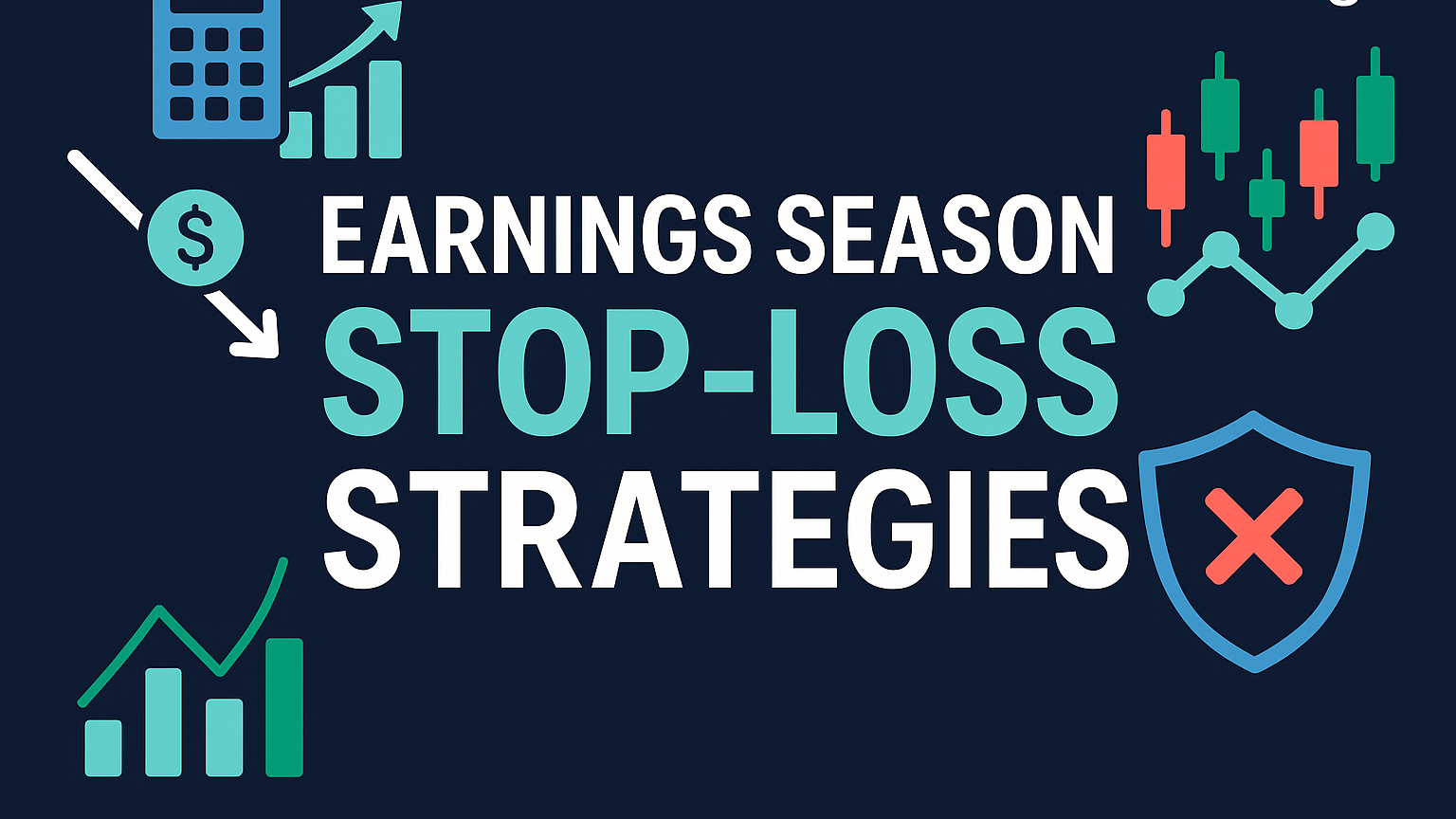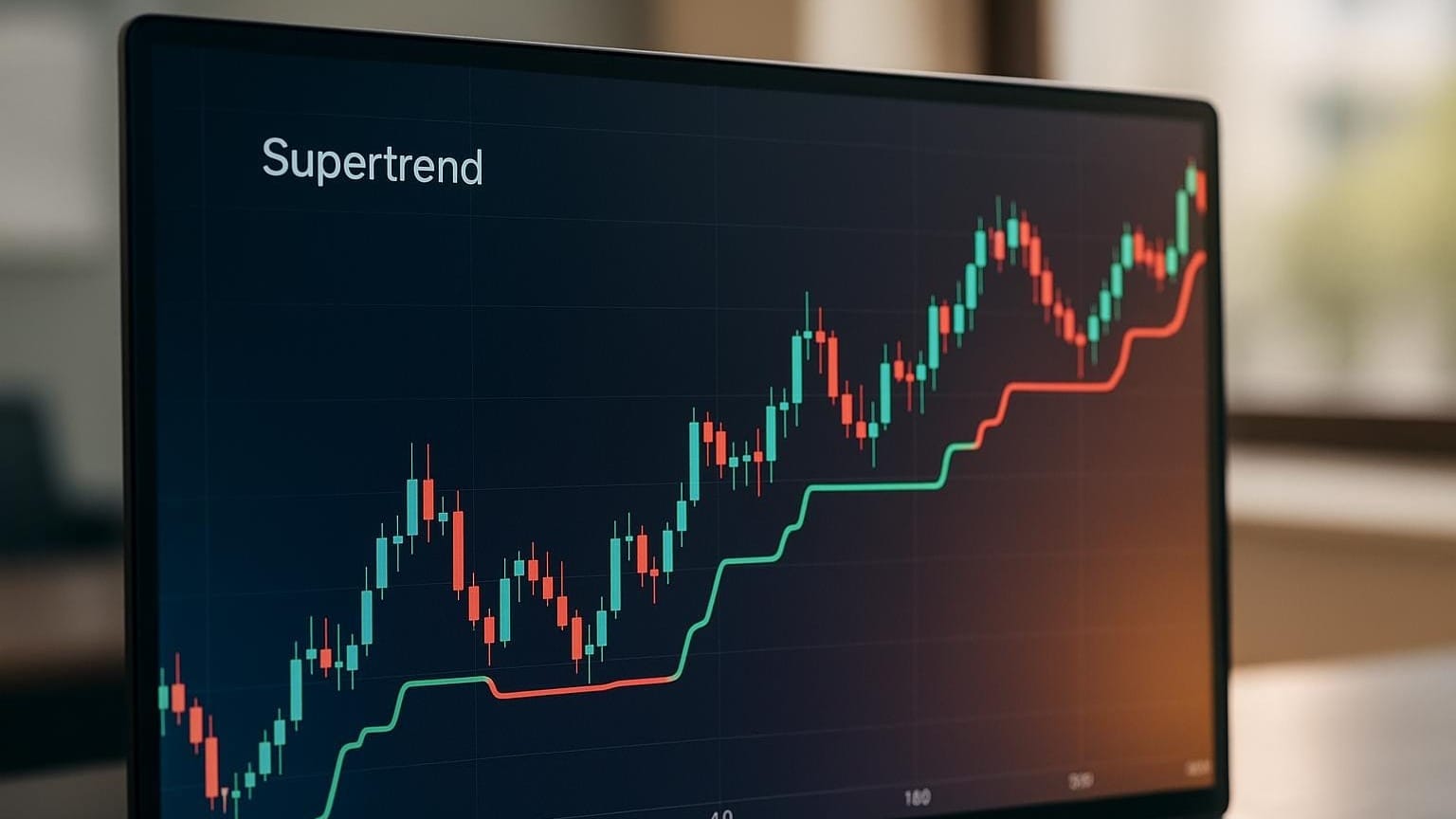Learn essential tips and strategies for scalping, a high-frequency trading method that focuses on quick profits through small price movements.
Scalping is a fast-paced trading strategy where traders aim to profit from small price movements within seconds or minutes. Here's what you need to know to get started:
-
Why Scalping?
- Short holding periods reduce risk.
- Frequent trades mean more opportunities.
- Works independently of market trends.
- Quick profits compared to long-term strategies.
-
What You Need:
- A fast, reliable trading platform with low latency.
- Real-time market data and technical analysis tools.
- Strong discipline and risk management skills.
-
Key Tools and Indicators:
- Platforms like MT5 for one-click trading and deep liquidity.
- Indicators like EMA, RSI, Bollinger Bands, and MACD for spotting trends and momentum.
-
Risk Management Tips:
- Use the 1% rule: Risk no more than 1% of your capital per trade.
- Set tight stop-losses and maintain a risk-reward ratio of 1:1.5 or higher.
- Track daily loss limits and avoid trading during major news events.
-
Scalping Strategies:
- Trade within price ranges using support and resistance levels.
- Follow trends with multi-timeframe analysis.
- Use news events for short-term opportunities but manage volatility carefully.
Scalping requires quick decision-making, focus, and discipline. Start with a demo account to practice and refine your approach before trading with real money.
Scalping Trading Strategy to Grow $100 into $10,000 – Step-by-Step Guide
Tools for Scalping Success
This section covers the must-have tools and technologies for efficient scalping.
Fast Trading Platforms
Scalping requires trading platforms that execute orders with minimal delay. For instance, BlackBull Markets achieves an average execution speed of 72 ms, while Pepperstone operates at under 77 ms.
Here are some key features scalpers should look for in a trading platform:
| Feature | Purpose | Example Implementation |
|---|---|---|
| One-Click Trading | Enables instant order execution | MT5's single-click trading panel |
| Low Latency | Reduces delays in execution | IC Markets' sub-66 ms execution speed |
| Deep Liquidity | Improves price execution | FxPro's 98.59% no-requote rate |
| Risk Management Tools | Safeguards trading capital | Stop-loss features built into platforms |
A reliable platform should also integrate seamlessly with real-time market data to ensure smooth and accurate trading.
Market Data Requirements
Fast platforms are only part of the equation. Accurate and detailed market data is equally important for scalping. For example, ByBit's matching engine can handle up to 100,000 transactions per second. Platforms like MetaTrader 5 offer advanced features, such as 21 timeframes (compared to MT4's nine), giving scalpers more granular market insights.
When choosing a data feed, prioritize the following:
- Data Accuracy: Ensure real-time price updates without any lag.
- Market Depth: Access the full order book for a clearer view of market activity.
- Technical Analysis Tools: Look for advanced charting options to refine your strategy.
- Price Alerts: Get immediate notifications about significant market movements.
Best Indicators for Scalping
Scalpers often use a combination of technical indicators to spot profitable setups and confirm trends.
| Indicator Type | Primary Use | Recommended Settings |
|---|---|---|
| EMA (Exponential Moving Average) | Identifies trend direction | Short timeframes (5–13 periods) |
| RSI (Relative Strength Index) | Analyzes momentum | Adjusted for rapid price swings |
| Bollinger Bands | Measures volatility | Standard deviation set at 2.0 |
| MACD | Confirms trends | Faster settings for quicker signals |
For the best results, combine these indicators strategically. For example, use EMAs to determine the trend and confirm potential entries with RSI signals. This layered approach helps minimize false signals and highlights genuine opportunities in fast-moving markets.
Building Your Scalping Plan
Trade Entry and Exit Rules
Scalping requires precise entry and exit rules based on technical signals and market conditions. These rules help maintain discipline and consistency.
Stop-Loss and Profit Targets
After defining entry and exit strategies, setting proper stop-loss and profit targets is essential. Scalpers often use tight stops, typically around 5%, to safeguard their capital.
Reading Order Flow
Order flow analysis is a powerful tool for timing trades. Platforms like Bookmap offer order book visualization, helping traders anticipate price movements before they fully materialize.
Scalping Risk Controls
Trade Size and Leverage Limits
Scalping requires disciplined control over position sizes and leverage. Since CFD trading often leads to losses, having strict risk measures in place is critical.
A good rule of thumb is the 1% rule—risk no more than 1% of your total trading capital on any single trade.
Risk vs Reward Balance
After defining trade size limits, aim for a risk-reward ratio of 1:1.5 or 1:2. For example, if you’re risking $100, set your profit target between $150 and $200. This approach ensures that your potential gains outweigh your risks.
Managing Multiple Trades
When handling multiple trades at once, maintain discipline by tracking your total exposure, sticking to a daily loss limit (3% of your account), and using a news filter to pause trading during major announcements.
Scalping Methods
Trading Price Ranges
Scalping within price ranges involves spotting clear boundaries where price moves between support and resistance levels. Major currency pairs like EUR/USD and USD/JPY often display consistent range-bound behavior during certain sessions.
Following Market Trends
Trend-based scalping focuses on taking advantage of strong directional price movements. Use a multi-timeframe approach—identify on H1, confirm on M15, and execute on M5—to improve accuracy.
News Trading Tactics
Scalping around news events can be profitable but carries extra risks like gaps and slippage. Watch economic calendars, use smaller position sizes, and set wider stop-losses to manage volatility.
Using LuxAlgo for Scalping
LuxAlgo’s Signals & Overlays toolkit is designed to deliver clear, real-time confirmation and exit signals along with dynamic indicator overlays tailored for quick-fire scalping setups.
-
Scalper Preset
In the toolkit’s Presets / Filters menu, select the built-inScalperpreset. This one-click option auto-configures your chart to highlight key micro support and resistance zones and lower sensitivity signals for faster alerts.
Learn more about Presets & Filters. -
Signal Sensitivity
The Signals Sensitivity slider in Basic Settings is set lower by the Scalper preset to catch rapid price swings. Adjust it manually if you need a bit more reactivity or fewer false signals. -
Indicator Overlays
The Scalper preset automatically enables overlays like Smart Trail and Reversal Zones for additional confluence. These overlays draw dynamic S/R bands and ideal profit-taking regions directly on your chart. -
Custom Alerts
Use the Signals & Overlays “Custom Alert Creator” at the bottom of the settings to generate alerts only when all scalping conditions (signal + overlay alignment) are met.
Getting Started with Scalping
Main Points Review
- A reliable platform with real-time data feeds
- Sufficient capital to cover positions and fees
- Technical analysis tools like Level 2 data
- A clear trading plan with entry/exit rules
- Risk management strategies such as position sizing and stop-loss orders
Starting Your Scalping Journey
-
Set Up Your Demo Account
Practice in a risk-free environment that mirrors real market conditions. -
Choose Your Initial Setup
Begin with a few indicators:- Moving averages
- Volume indicators
- Momentum oscillators
-
Develop Your Trading Schedule
Time Block Activity Purpose Pre-market Analysis and scanning Spot opportunities Trading Hours Focused sessions Execute trades Post-market Review and journaling Improve strategy
Start small—risk less than 0.5% per trade—and stick to high-liquidity sessions. As you gain experience, increase your frequency while keeping risk tight. Track metrics like win rate and drawdown regularly to refine your approach.








